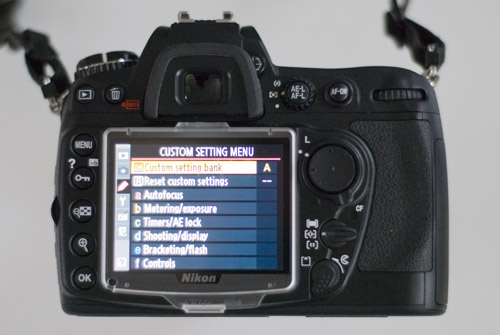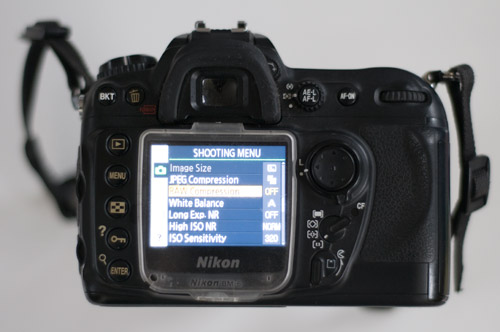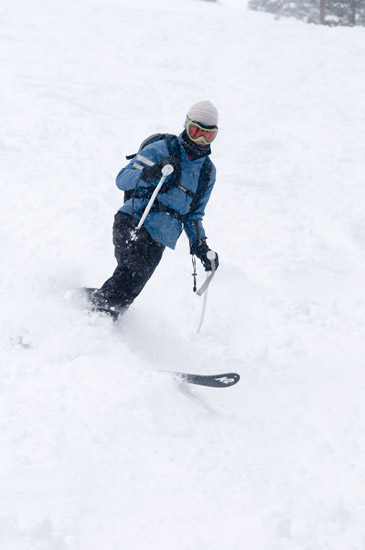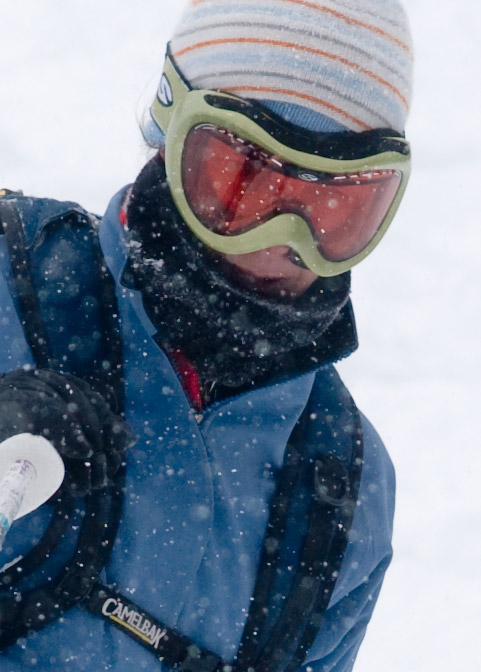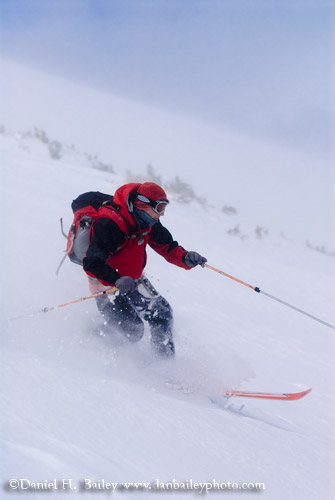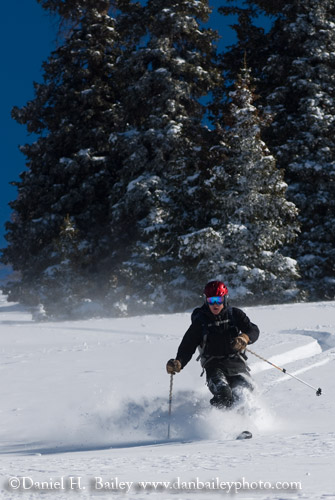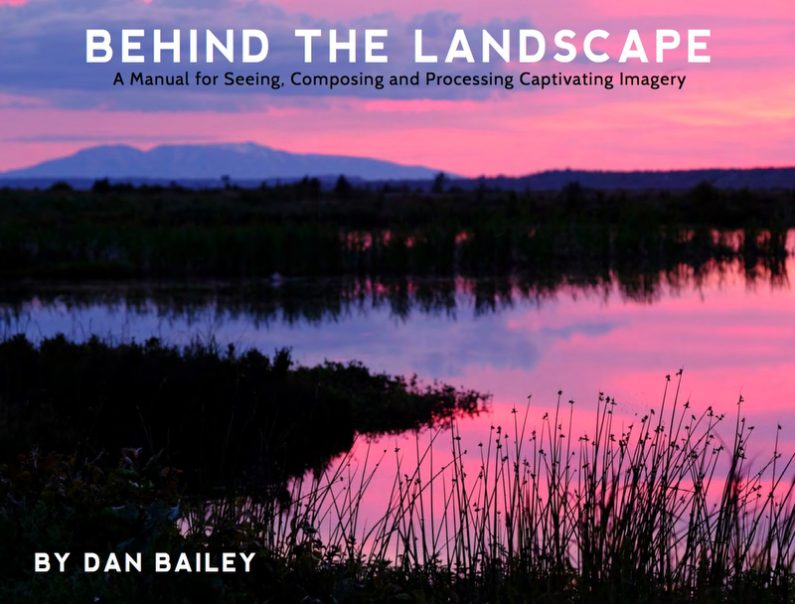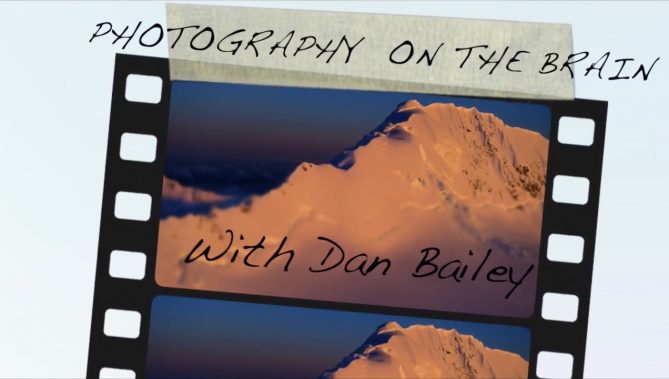Remember the glory days of stock? If you didn’t experience them first hand, you’ve probably heard stories about those golden years of the stock photography business. Photographers would dump their assignment outtakes into an agency and then watch the monthly checks roll in, which allowed them to earn a second income from their work. Then, as the industry progressed, photographers began shooting images specifically for stock and the money increased, allowing some prolific shooters to earn a healthy living on stock alone. For those photographers, like myself, who got into the business right at the tail end of that memorable era, we all hoped that we too could just land ourselves an agency contract, and then follow that road all the way to retirement.
Only it didn’t quite happen that way, and now the state of the industry has many photographers either too frustrated and confused to jump into the fray, or filled with false ideas that hark back more to the past than the present. While it’s true that the industry resembles almost nothing of its former self, it has actually weathered a very dynamic process of evolution, one that, nonetheless, still holds promise for photographers.
So, what did happen to the industry? The same thing that happened to every other business model in the last decade: acquisitions, consolidations, and the coming of the digital age. Today we live in a world of big box stores and online shopping, and just as the number of corner bookshops and mom and pop hardware stores has declined, so has the number of the independently owned stock agencies. These days, the thick, beautiful, catalogs that art directors used to flip through when shopping for imagery have been replaced by online versions that are accessible to photo buyers worldwide. And just as photographers have moved to digital imaging, so have the agencies. The era of licensing and shipping 35mm slides to clients is quickly drawing to a close.
The digital revolution began eleven years ago when Nathan Benn created Picture Network International (PNI). He partnered with a number of agencies and offered their images for sale online through service. Around the same time, Kodak began a similar venture, called Kodak Picture Service, and by the end of the 90’s, Internet marketing became standard practice for most agencies. Today, many stock houses operate entirely from digital archives, and with the increasing number of photographers moving to from film to digital, this is certainly the future of the industry.
Then came the acquisitions. In the mid 90’s Getty Images began buying a number of other agencies, including renowned houses such as Allsport, Tony Stone and The Image Bank. When Bill Gates decided that he wanted a piece of the industry, he formed Corbis and went on his own spending spree, gobbling up companies such as Westlight, Sharpshooters and The Stock Market, as well as PNI. Corbis quickly became the world’s second largest image and media provider. Today, over 100 million images, (45 percent of the market,) are represented by Getty and Corbis, including the National Geographic collection, Time Life Pictures, Reuters and Photonica. The number three spot is currently held by Jupiter Images, while many of the prestigious agencies of the past, like Profiles West and Tony Stone are either gone or exist only as a brand name on Getty’s website.
Has this mass consolidation been good for photographers? There are certainly advantages and disadvantages to being with a giant agency. While the big boys offer massive exposure for your imagery, you are in the company of thousands of other photographers, which can potentially leave you lost like a small fish in a very big sea. Of course, as with any agency, it’s all a numbers game; the more images you have on file, the more likely you are to make money. Alamy, a privately owned online agency based in London that does well in the editorial market, has recently passed the ten million image mark. Although some contributors complain that the sheer size of the agency has hurt their sales figures, others report that they are still making a regular and sizeable income from the agency.
Perhaps the biggest shake up of the stock industry came in 2001 when Getty changed the commission rate, which had held at a sacred 50/50 split for years. Citing the increased cost of digital archiving and marketing, they rewrote their contributor contract and specified new terms of 60/40. Photographers were left stunned by this move, though most chose to accept the reduced rate over the alternative of being cut loose and having to start from scratch with a new agency. Neither option appealed much to those photographers with years of experience and huge agency files. In time, however, most agencies followed suit and soon 50/50 became the exception rather than the norm.
In response to this, and other concerns, a number of new agencies sprung up. Many were started by former editors and owners of defunct agencies, and they targeted photographers who were unhappy with their Getty and Corbis contracts. Some have done well, while others struggled in the post 9/11 economy and were either bought out or folded. One such agency was Solus Images, who went after the high end market by pushing the envelope of creativity with their imagery. They quickly built up a distinctive collection, and after a few years, sold themselves to Veer, a company that had weathered numerous acquisitions over the years. Starting as Image Club Graphics, they were bought and sold by Adobe Systems, reformed as EyeWire, who was then bought by Getty, who rolled it into other Getty brands. When the EyeWire staff was let go, they reformed as Veer and marketed heavily to the high end creative community. This month, Veer was acquired by Corbis.
Nearly every agency has pushed more heavily into Royalty Free (RF) and subscription based services these days in an attempt to cash in on the low end markets. The result? Commission statements filled with sales of anywhere from a few pennies to a few dollars per image. This may not add up to much for a low volume shooter, but when multiplied by a few thousand photographers, it makes decent money for the agencies. With volume sales becoming a crucial part in the overall strategy of most agencies, these small commissions play an important role in their bottom line.
However, some view this trend as potentially reducing the value of quality imagery within the industry. It takes talent and effort to produce good photographs and many photographers would prefer to keep the perceived value of their work as possible, even if it means losing a few sales. Agencies argue that the Royalty Free and traditional Rights Managed (RM) markets do not overlap and insist that RF sales have only increased the potential for sales where none previously existed.
Not everyone agrees, but there is no doubt that RF is here to stay, and even though the quality of RF imagery has increased over time, the market has leveled itself out as photo buyers continue to recognize the value of RM licensing. Most agencies allow contributors to choose whether an image gets marketed as RF or remains RM. Some agencies even offer work-for-hire assignments in which the photographer gets paid up front but sees no future income from the images they produce. The bottom line is that there is money to be made with RF, and many photographers view it as a legitimate source of income for a certain segment of their work.
The latest stock photo model that has emerged is “microstock,” which is essentially selling stock photos for prices that range from pennies to just a few dollars. The model seeks to capture the lowest end of the market, although we are certainly seeing microstock uses that would have previously been tiered as RF, or even RM, the jury is still out on how microstock will affect the industry in the long run. Again, with such a wide range of needs in the photo buying market, perhaps the microstock concept will only further serve to separate the quality of available imagery into three distinct markets. Recognizing the potential of microstock, Getty purchased the largest microstock company, iStockphoto for $50M in 1996 and positions it right alongside the rest of their brands.
Despite the huge changes to the industry and widely varying opinions, photographers are still making money with agencies. According to recent surveys, many photographers’ agency incomes are actually rising. This is likely due to increased exposure and growing international sales, both results of the expanding technology. While intense competition has driven RM prices down somewhat, RF pricing has generally come up, having matured into a multi tier system that’s based on file size of the purchased image. Current RF prices on many agency sites average between $100-400.
As has always been the case, the best strategy for photographers is simply to build a growing file of diverse imagery with one or more agencies, depending on how much work you can produce, and a good relationship with your editor(s). A good editor can help you increase your sales potential by offering suggestions on how to shoot more marketable imagery. And with non-Corbis and Getty agencies currently holding 55% of the market, there are still many options to choose from when shopping for an agency. Of course, in this day and age, regardless of whom you begin with, it is likely that you will end up being acquired into one of the big agencies at some point anyway.
My own journey through the stock industry began with Light Sources, a small company in Boston that was purchased by Index Stock. When I later left Index, I got in with Solus just as they were beginning. Six years later, as Solus has gone from an independent to a Veer brand, and now a Corbis Brand, I have picked up yet another agency: Photo Library, a large Australian company who recently entered the US market by acquiring a number of other agencies, including Index. The ironic thing about this move is that my current editor at Photo Library is the same editor that I when I originally started with Solus.
It always feels good to reminisce about the glory days and sometimes it’s easy to pine for the nostalgia of an age gone by, but the smart choice with stock is to accept that the future has arrived and look forward, not back. With the increased level of marketing, and a worldwide customer based that operates almost exclusively online, there is still plenty of money to be made for photographers who are willing to adapt to the new business models and produce the kinds of high quality work that photo buyers demand. Some may need to evolve their own businesses to suit the new economy, but as with any other industry today, those who do will find that they can survive, and even profit from their efforts.
(A version of this article first appeared in the July/August 2006 issue of Digital Photo Pro Magazine.

